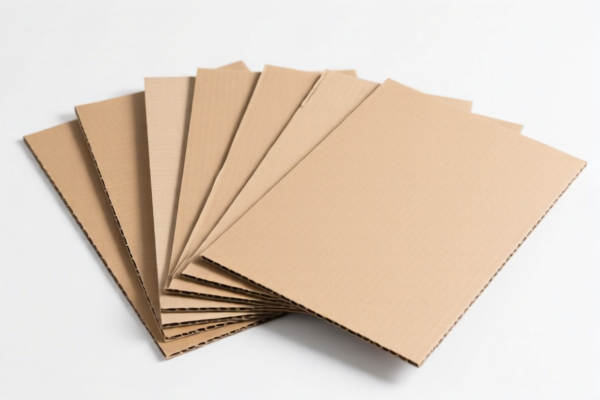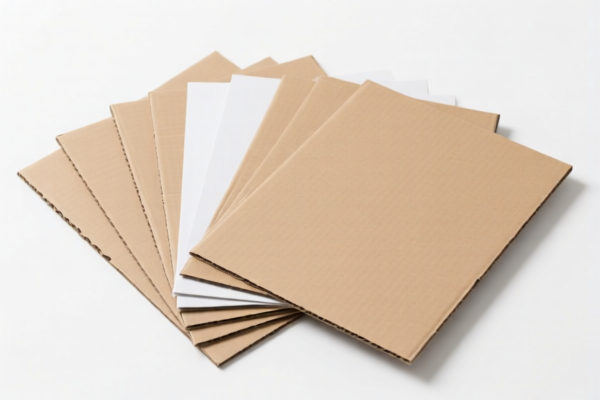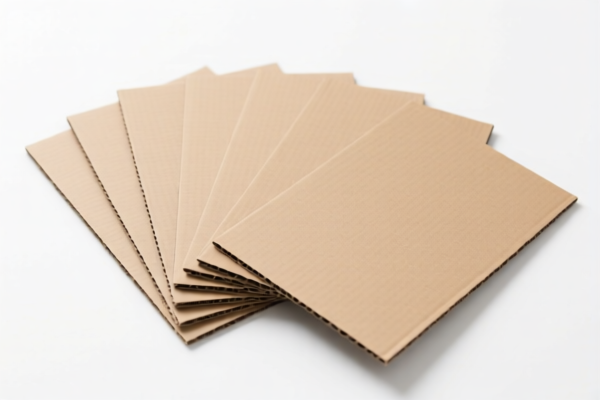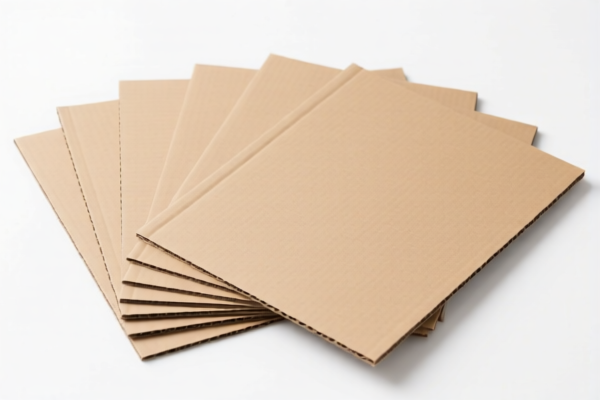| HS Code | Official Doc | Tariff Rate | Origin | Destination | Effective Date |
|---|---|---|---|---|---|
| 4823906000 | Doc | 55.0% | CN | US | 2025-05-12 |
| 4811512040 | Doc | 55.0% | CN | US | 2025-05-12 |
| 4811592000 | Doc | 55.0% | CN | US | 2025-05-12 |
| 4908100000 | Doc | 37.5% | CN | US | 2025-05-12 |
| 4908900000 | Doc | 37.5% | CN | US | 2025-05-12 |
| 4911998000 | Doc | 37.5% | CN | US | 2025-05-12 |
| 4911996000 | Doc | 37.5% | CN | US | 2025-05-12 |




Hot Stamping Paper
Hot stamping paper, also known as foil stamping paper, is a specialized paper used in the process of applying metallic foil to a surface using heat and pressure. It serves as a substrate for transferring decorative or protective metallic finishes onto various materials.
Material Composition
The base paper is typically a high-quality, smooth paper stock, often made from wood pulp or a blend of wood pulp and cotton fibers. Crucially, the paper is coated with an adhesive layer. This adhesive is formulated to bond with the metallic foil when subjected to heat and pressure. Common adhesive types include:
- Resin-based adhesives: Provide good adhesion and are suitable for a wide range of applications.
- Wax-based adhesives: Offer excellent release properties, facilitating clean foil transfer.
- Acrylic adhesives: Known for their clarity and durability.
The foil itself is a very thin sheet of metallic alloy (aluminum being the most common), often coated with a carrier layer and a release coating.
Purpose & Function
The primary purpose of hot stamping paper is to impart a premium, decorative finish to materials. It achieves this through the following functions:
- Aesthetic Enhancement: Adds a visually striking metallic appearance, often used for logos, text, or patterns.
- Branding: Elevates brand perception through the use of high-quality finishes.
- Protection: Certain foils can offer a degree of protection against abrasion, UV light, and moisture.
- Security: Holographic foils are used for security applications to prevent counterfeiting.
Usage Scenarios
Hot stamping paper is employed across a diverse range of industries:
- Packaging: Used extensively for luxury packaging, gift boxes, cosmetic packaging, and food packaging.
- Printing & Publishing: Applied to book covers, business cards, invitations, and stationery.
- Labels & Stickers: Adds a premium look to product labels and decorative stickers.
- Cosmetics: Used for decorating cosmetic containers and packaging.
- Leather Industry: Applied to leather goods for branding and aesthetic purposes.
Common Types
Hot stamping paper is categorized based on several factors:
- Foil Color & Finish: Available in a vast array of colors including gold, silver, copper, bronze, and various hues. Finishes range from glossy and matte to holographic and patterned.
- Base Paper Weight & Type: Different paper weights (measured in gsm - grams per square meter) are used depending on the application. Paper types include smooth, textured, and coated options.
- Adhesive Type: As mentioned above, resin, wax, and acrylic adhesives are common choices, each offering different properties.
- Foil Thickness: Foil thickness impacts the durability and visual impact of the finish.
- Patterned Foils: Foils are available with pre-designed patterns, such as wood grain, damask, or geometric designs.
- Holographic Foils: Incorporate holographic patterns for security and visual effects.
Hot stamping paper typically refers to paper coated or impregnated with materials used for applying a decorative metallic or colored finish through a process involving heat and pressure. Based on the provided information, the following HS codes may be relevant:
- 4811512040: Paper, paperboard, cellulose wadding and webs of cellulose fibers, coated, impregnated, covered, surface-colored, surface-decorated or printed, in rolls or rectangular (including square) sheets, of any size, other than goods of the kind described in heading 4803, 4809 or 4810: Paper and paperboard, coated, impregnated or covered with plastics (excluding adhesives): Bleached, weighing more than
150 g/m² . This code applies to coated or impregnated paper, which could include paper treated for hot stamping if it involves a plastic coating.- Chapter 48: Paper, paperboard, cellulose wadding and webs of cellulose fibers.
- Heading 4811: Paper, paperboard, cellulose wadding and webs of cellulose fibers, coated, impregnated, covered, surface-colored, surface-decorated or printed, in rolls or rectangular (including square) sheets, of any size.
- Subheading 481151: Paper and paperboard, coated, impregnated or covered with plastics (excluding adhesives).
- 4811592000: Paper, paperboard, cellulose wadding and webs of cellulose fibers, coated, impregnated, covered, surface-colored, surface-decorated or printed, in rolls or rectangular (including square) sheets, of any size, other than goods of the kind described in heading 4803, 4809 or 4810: Paper and paperboard, coated, impregnated or covered with plastics (excluding adhesives): Other. This code also applies to coated or impregnated paper, covering cases not specifically classified as bleached and weighing more than 150 g/m².
- Chapter 48: Paper, paperboard, cellulose wadding and webs of cellulose fibers.
- Heading 4811: Paper, paperboard, cellulose wadding and webs of cellulose fibers, coated, impregnated, covered, surface-colored, surface-decorated or printed, in rolls or rectangular (including square) sheets, of any size.
- Subheading 481159: Paper and paperboard, coated, impregnated or covered with plastics (excluding adhesives).
- 4911998000: Other printed matter, including printed pictures and photographs: Other: Other: Other: Other. If the hot stamping paper is pre-printed with a design before the foil application, this code might be applicable.
- Chapter 49: Printed books, newspapers, pictures and other printed matter.
- Heading 4911: Other printed matter, including printed pictures and photographs.
- Subheading 491199: Other.
Regarding HS code 4811512040 and 4811592000, the tax rate is 55.0%, comprising a 0.0% basic tariff and a 25.0% additional tariff, increasing to 30.0% after April 2, 2025. For HS code 4911998000, the tax rate is 37.5%, consisting of a 0.0% basic tariff and a 7.5% additional tariff, rising to 30.0% after April 2, 2025.
Customer Reviews
No reviews yet.